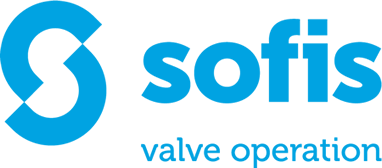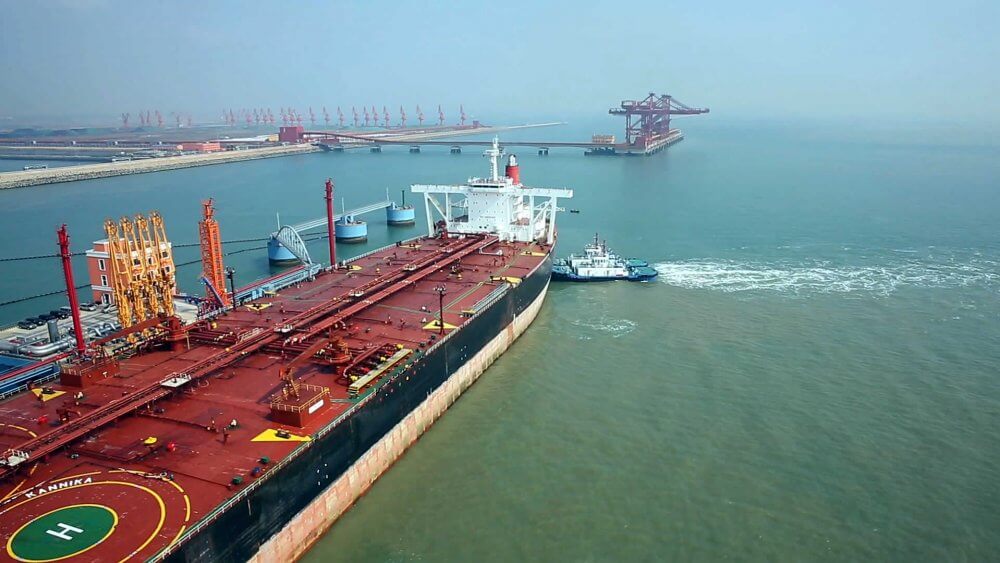We have helped a large European refinery improving its tank farm throughput. To prepare a product transfer, large numbers of valves need to be lined-up manually. By speeding up this process, the terminal can serve about 80 ships annually, worth €2M+ of extra revenue.
with real-time valve monitoring:
-
the line-up time can be reduced from 90 to 30 minutes
-
the terminal could handle 83 more ships annually
-
annual turnover will grow with €2M+
-
the investment is earned back within half a year
High transfer times are the bottle neck
The tank farm serves about 1.600 ships per year. With 2.000 – 2.500 product transfers it generates an annual throughput of 24 million tons. The throughput of this tank farm could be higher but is limited by the time needed to prepare for product transfer. Faster transfers will therefore result in instant revenue growth.
Manual operations and visual checks most time consuming
Over 100 manual valves around the jetty and metering skid are involved in the line-up process. These valves are manually operated by an operator and sealed with a car seal and tag after operation.
Upon his return, a second operator goes into the field, to check the valve positions and confirm to the control room. With this way of working, which is still common in many terminals around the world, lining-up valves for product transfer takes 90 minutes on average.
Real-time status information saves valuable time
Aiming to modernize their terminal, this customer desired a leaner process with the help of new technologies. They searched for new ways to monitor and control their manual valves, so lock out tag out and visual inspections could be avoided. At the same time they desired to create a flawless process, where operator errors could instantly be detected and the chances to incidents like contamination would be minimized.
The easiest way to a leaner process proved also to be the most cost effective. With the installation of VPI position indicators, status information is obtained from each manual valve. Line-ups are now monitored in real time, so valve locking and sealing and double checking of valve positions is no longer required. This reduces valve line-up time from 90 to 30 minutes on average. And by using the valve position signals as conditions for the pump to start up, product transfer commences as soon as and only when all valves are in their desired position, avoiding any chance of contamination.
Earn back period is only a few months
Because the product transfer time directly limits the terminal throughput, this line-up time improvement leads to substantial revenue growth. Based on the terminal’s own calculations they are able to handle 83 more ships per year, leading to €2M+ of extra annual turnover. With the investment costs in mind, the earn back period will be as little as a few months.
About the company
This Southern European refinery provides a full range of petroleum products, with a capacity of 185.000 bbl/d. The tank farm has storage capacity of 2.500.000 m3 and handles 1.600 ships per year from its 5 jetties.
Sofis has helped companies with optimizing their valve operations for many years. Would you like to know more about our expertise? Contact our Tank Storage specialists.


